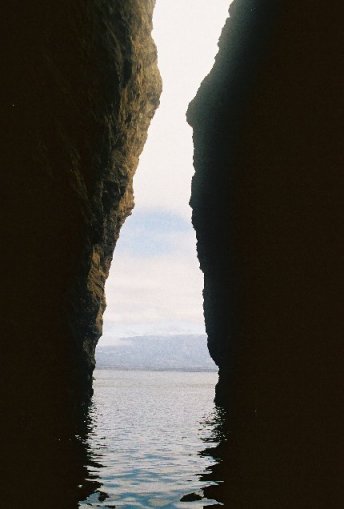Isla Isabella
Isabella is the largest island in the archepelago and was one of our first stops.
Early visitors brought goats to the island for food. These goats eventually grew to a population of 500,000 on Isabella alone causing great harm to the native wildlife population. Naturalists now shoot the goats on site and have reduced their population to around 1000.
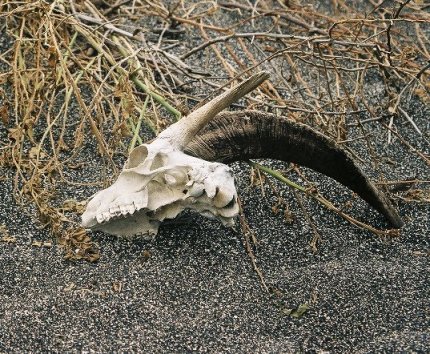
This is Darwin lake. It has 2x the salt content of the ocean.
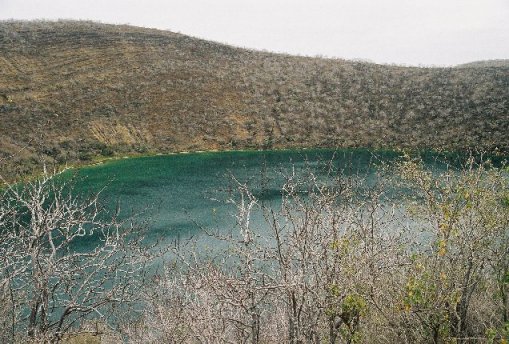
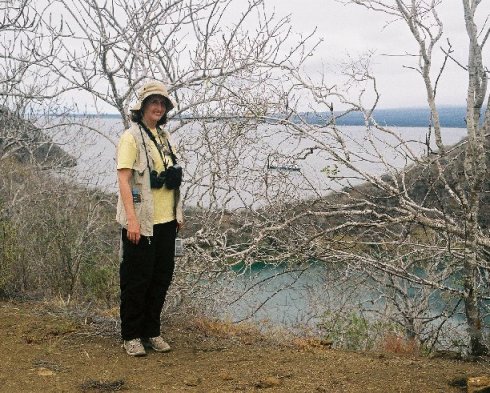
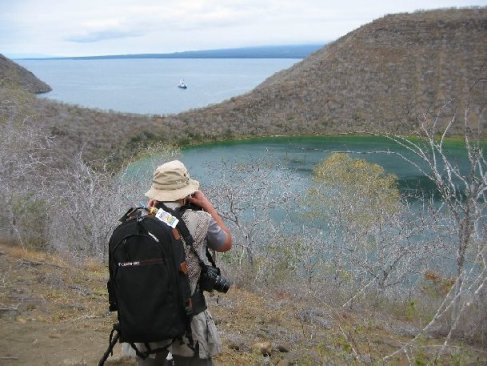
his is the Galapagos land Iguana. It is a vegetarian and feeds mostly on the fruit and pads of the Opuntia cactus.
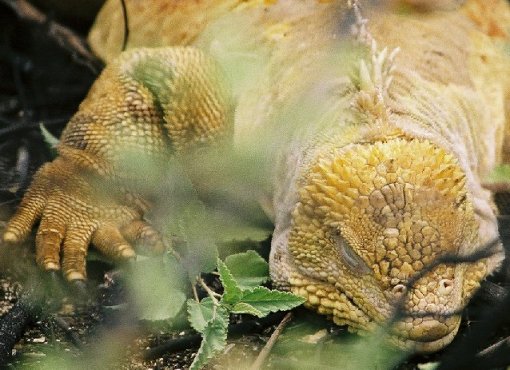
This guy would make a great pair of boots, don't you think?
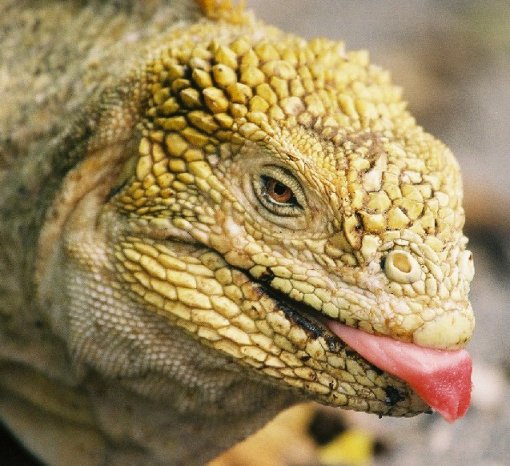
he male land Iguana has a row of spines along its entire back.
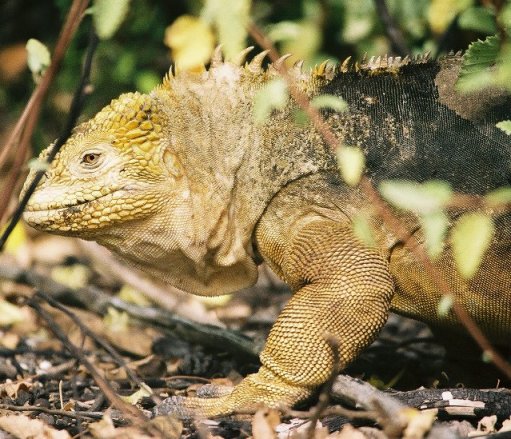
More sea lions.
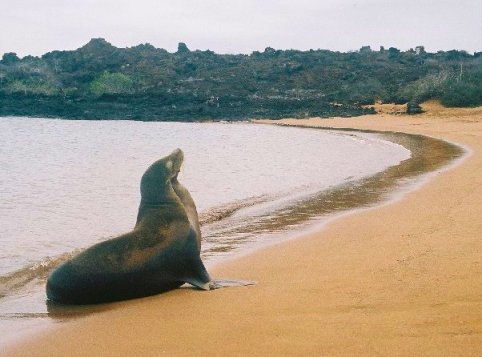
The black and brown sea lions are the same species. The animals are black when wet, and lighter brown as their fur drys out.
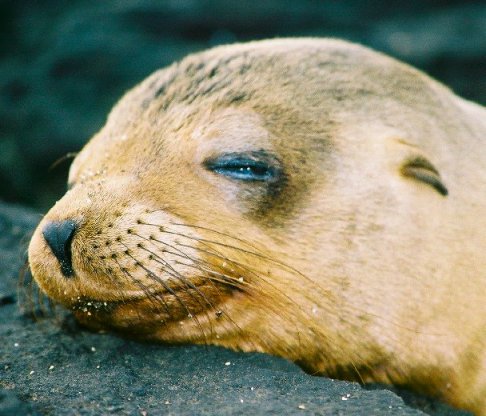
This is the Galapagos Penguin. It is the only penguin that can be found north (barely) of the equator. They are only 16-18 inches tall, and weigh 5 lbs.
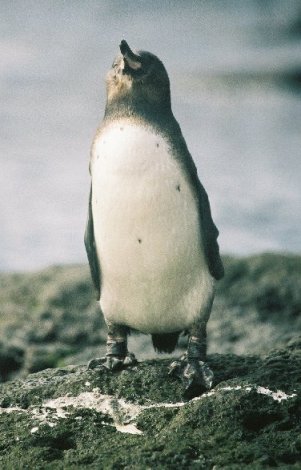
These penguins feed mostly on small fish such as mullet and sardines. It is estimated that there are only 800 breeding pairs left in the world.
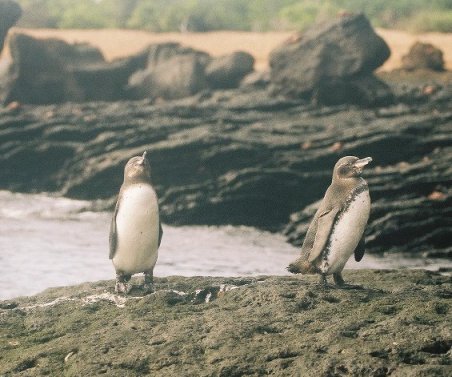
I snorkeled with these guys on several islands. They aren't very playful, but had little or no fear of humans. They are incredibly fast under water. They reminded me of hummingbirds the way they darted in and out.

Swimming with penguins and sea lions was really the highlight of my experience there. It's the only place in the world you can experience something like this and it was very breath taking.
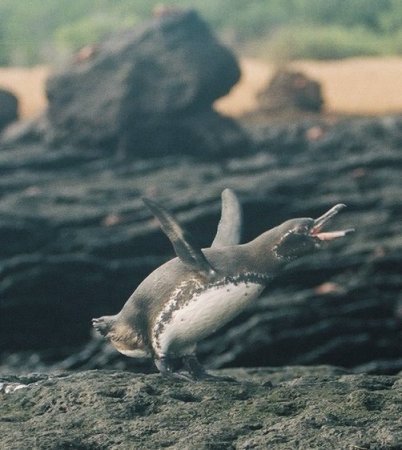
Penguin surprise
- 12 oz penguin meat
- 6 tbs oil
- 1 large onion, finely chopped
- 2 chillis
- 1 red pepper
- 1 green pepper
- 15 oz can of tomatoes
- 10 oz rice
- 1 1/4 pints water
- 1/2 tsp turmeric
- 3/4 tsp salt
Cook the onion in the oil for 4 minutes. Add sliced peppers and chilli, and cook for a further 2 minutes. Push to one side. Raise the heat and add the chunks of penguin. Fry on each side and season well. Add tomatoes and stir. Add rice and stir again. Add 3/4 tsp salt, and the turmeric to the water, and pour it over the rice. Cook for 10 minutes after the water has come to the boil, then turn down and simmer gently until the rice is ready.
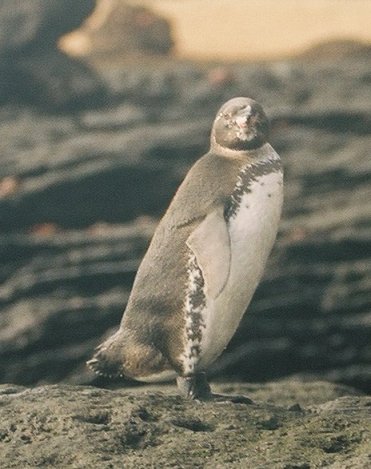
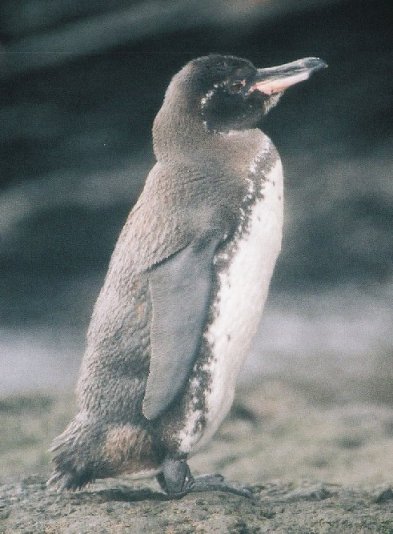
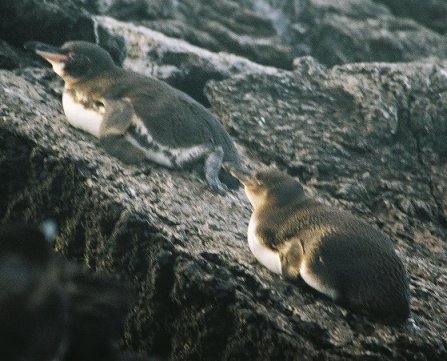
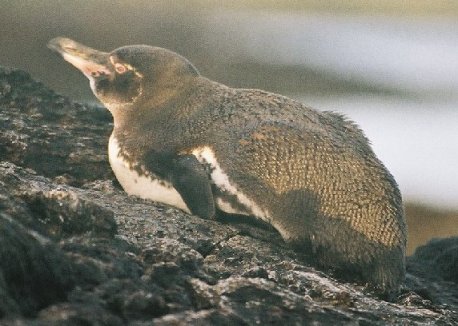
View from inside a cliff opening.
